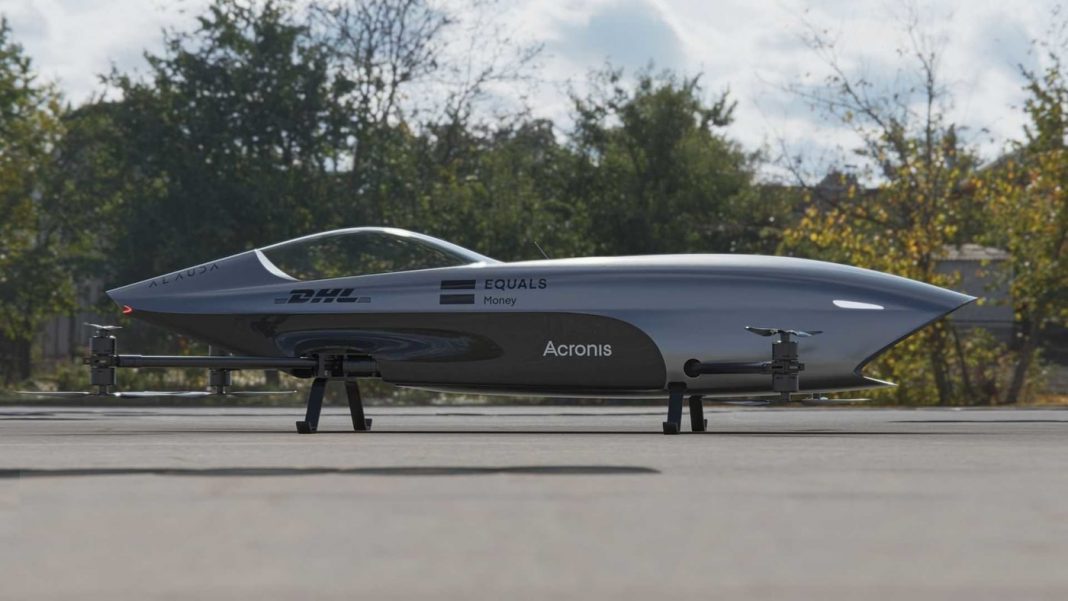
Flying racing car, really? It looks like the world is progressing way too fast. The Airspeeder Mk3 is professing to be the world’s first electric flying racing vehicle. This full-size remotely piloted electric vertical take-off and landing vehicle (eVTOL)’functional models will be showcased in an upcoming racing show.
The Airspeeder Mk3 can be controlled by an expert remote operator from the ground. It highlights a large group of innovations and designing components. It has a carbon-fiber tub guaranteeing a solid yet lightweight fuselage. Also, it highlights a rotor blade on every one of its corners. These blades give it far more noteworthy turning capacity than a conventional helicopter or a fixed-wing airplane. It is likewise outfitted with LIDAR and Radar collision avoidance system frameworks. They make a virtual forcefield around the flying vehicle and guarantee close but safe racing.
Specifications of the flying racing car- Airspeeder Mk3
A full grid of Mk3 flying racing cars is under production at Airspeeder and Alauda’s specialized technical headquarter in Adelaide, Australia. The participating groups will get the flying vehicles in the upcoming racing event.
Powering the Mk3 is a 96 kW electric powertrain that produces 429 bhp, which is more than an Audi SQ7, and sends power to its rotor sharp blades. It has a thrust-to-weight ratio of 3.5, which is nearly thrice that of F-15E Strike Eagle, one of the world’s most advanced fighter jets. This element permits the flying race vehicle to speed up from 0 to 100 km/h in just 2.8 seconds. Also, it can arrive at a maximum speed of more than 120 km/h.
The flying racing car has rapid hairpin turning potential because of its octocopter format and aerodynamic design. It generates up to 5Gs and can even maneuver vertically.
